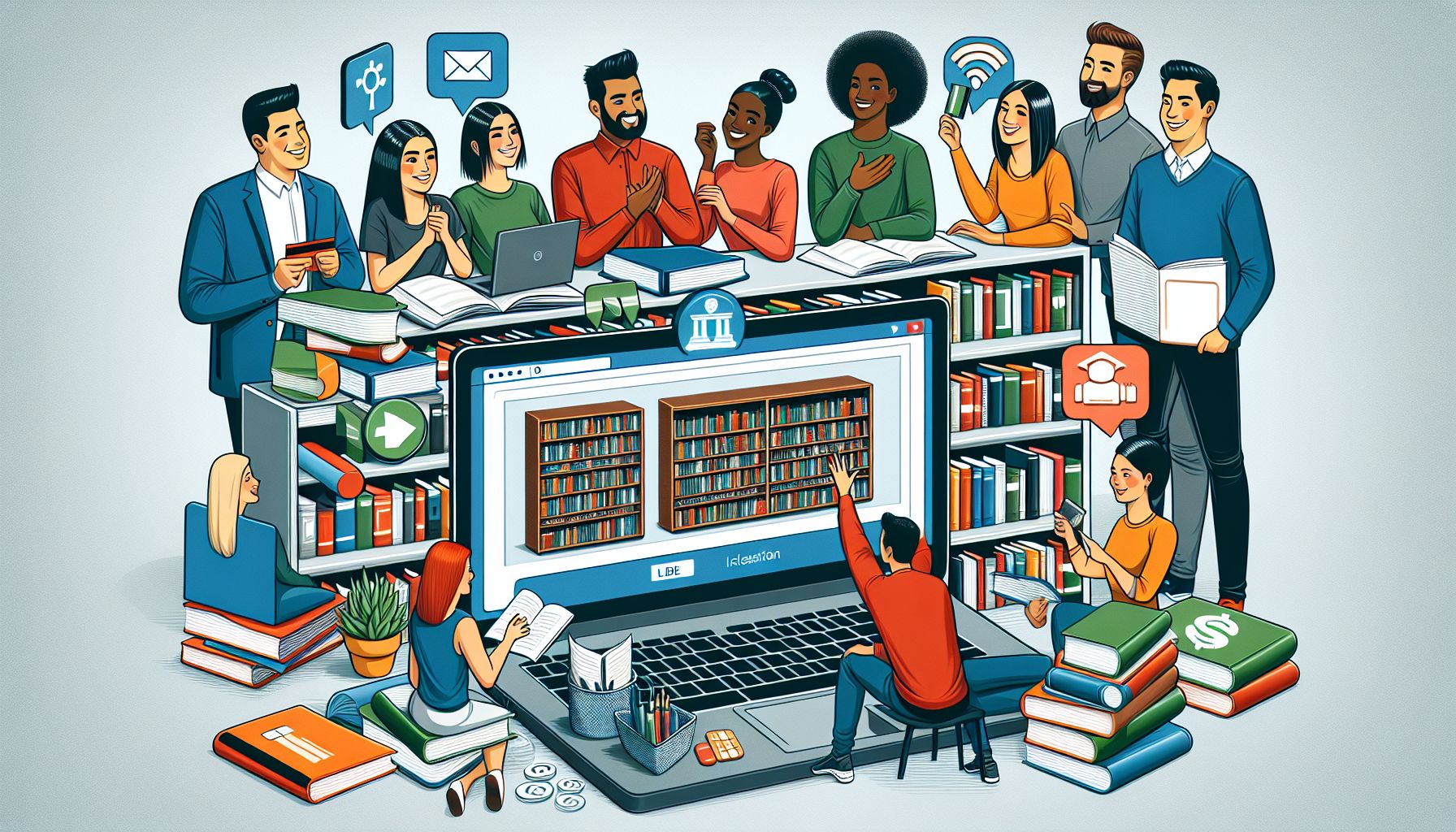As university students, we know how expensive and inaccessible academic resources can be. From expensive textbooks to costly online subscriptions, navigating through the realm of educational materials can often feel like an additional burden on our already tight budgets. However, there is a solution that can alleviate these financial concerns – Open Educational Resources (OER). In this article, we will explore the concept of OER and shine a light on the valuable academic resources and digital materials available, specifically tailored for university students.
What are Open Educational Resources?
Open Educational Resources, commonly known as OER, are freely available academic resources that can be accessed, used, and shared by individuals for educational purposes. These resources are typically in the form of textbooks, lecture notes, videos, quizzes, and other digital materials that support learning and promote knowledge dissemination. The key factor that sets OER apart from traditional educational resources is their affordability – they are free or come at minimal cost to users.
The Benefits of OER
-
Cost-effectiveness: One of the primary advantages of OER is their affordability, making them an ideal alternative for university students on a tight budget. Instead of spending a significant portion of your hard-earned money on textbooks or online materials, you can save by utilizing the vast range of free resources available through OER platforms.
-
Accessibility: OER breaks down the barriers to education by providing equal access to quality learning tools. Not only can these resources be accessed by anyone with an internet connection, but they are also available 24/7, allowing students to learn at their own pace and convenience. Whether you are studying in a remote area or struggling to access physical libraries, OER ensures that educational material is just a click away.
-
Variety of Learning Formats: OER encompasses various formats, including text-based resources, audiovisual materials, interactive simulations, and more. This extensive range of learning formats caters to diverse learning preferences and styles, allowing students to choose the resources that best suit their individual needs and enhance their learning experience.
-
Collaborative Learning Opportunities: OER often encourages collaboration and contribution, fostering a sense of community among learners. These resources often include discussion forums, open-source platforms, and interactive spaces where students can engage with peers, share insights, and collectively build knowledge. This collaborative aspect of OER encourages active learning and personal engagement.
Finding Valuable OER for University Students
With the increasing popularity of OER, numerous platforms have emerged, housing an abundance of academic resources tailored specifically for university students. Here are a few notable platforms to explore:
-
OpenStax: OpenStax provides peer-reviewed, high-quality textbooks in a wide range of subjects, completely free of charge. Their materials are designed to align with common university courses, making it easier for students to find relevant resources for their studies.
-
MERLOT: MERLOT is a vast repository of educational resources across various disciplines. The platform allows users to search for materials based on their discipline, level of study, and language, ensuring that you find resources that best match your needs.
-
MIT OpenCourseWare: Massachusetts Institute of Technology (MIT) offers open access to their course materials through MIT OpenCourseWare. Whether you need lecture notes, problem sets, or even complete courses, this platform provides an extensive collection of resources directly from one of the world’s most prestigious universities.
-
Khan Academy: Khan Academy is renowned for its extensive video library covering subjects ranging from math and science to humanities and economics. These short, engaging videos can supplement your university studies and provide valuable explanations on complex topics.
Making the Most of OER
While OER offers a treasure trove of resources, it is essential to approach them strategically to maximize their benefits. Here are a few tips to make the most of OER as a university student:
-
Plan Ahead: Start exploring OER platforms early in the semester to ensure you have ample time to find and familiarize yourself with the resources that best suit your courses.
-
Verify Relevance: Always cross-reference the materials you find on OER platforms with your course syllabus to ensure that they align with your professors’ requirements. While OER offers a vast selection, not all resources may cover every aspect taught in your specific course.
-
Stay Engaged: Take advantage of the collaborative opportunities offered by OER platforms, such as discussion forums or virtual study groups. Engaging with peers can enhance your learning experience and provide further insights into the course material.
-
Explore Beyond Textbooks: While textbooks are an integral part of OER, do not limit yourself to them alone. Explore interactive simulations, multimedia materials, and even open-source software relevant to your field of study. These resources can bring concepts to life and foster a deeper understanding of the subject matter.
Conclusion
Open Educational Resources provide an incredible opportunity for university students to access cost-effective and accessible learning tools. With no compromise on quality, these freely available resources offer a new era of education that is not restricted by financial limitations. By exploring the growing range of OER platforms and strategically utilizing these resources, university students can enhance their learning journey, collaborate with peers, and make their educational experience more enriching than ever before.

